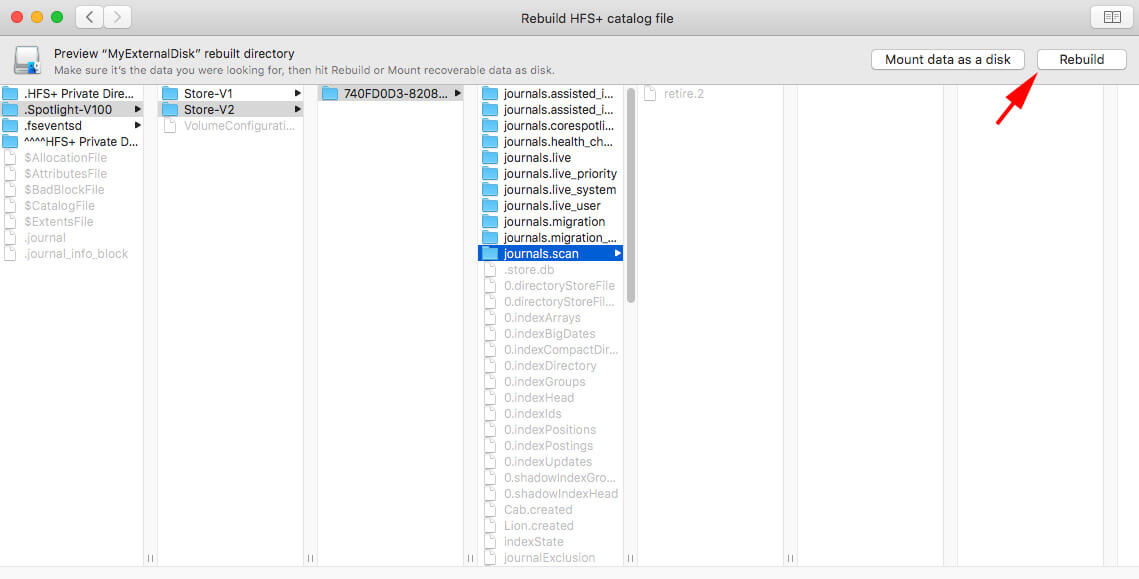
- #Seagate external hard drive not showing up how to#
- #Seagate external hard drive not showing up install#
- #Seagate external hard drive not showing up Pc#
- #Seagate external hard drive not showing up windows#
Once the formatting process is complete, your Xbox One console will recognize the external SSD as a storage device and you can start using it. Enter a name for the drive and choose “Install new things here” if you want new games and apps to be automatically installed on the external SSD.īegin using the external SSD. Select the “Format storage device” option. A prompt should appear on the screen asking if you want to format the drive for use with Xbox One. Turn on your Xbox One and sign in to your account.įormat the external SSD.

Plug the USB cable into one of the available USB ports on the console. Ensure that it is USB 3.0 or later and has a minimum capacity of 256GB.Ĭonnect the external SSD to your Xbox One console.
#Seagate external hard drive not showing up how to#
This simple process can be completed in just a few minutes, allowing you to enjoy your favorite games without any hassle.Ĩ Steps on How to Use External Ssd With Xbox One StepĬhoose a compatible external SSD. External enclosures are available relatively inexpensively online - just make sure you get one that matches your drive's physical size (2.5 or 3.5 inches.Set the SSD as default storage: Once the SSD is formatted, go to the system storage settings and set the SSD as the default storage for games and apps.īy connecting an external SSD to your Xbox One, you can enhance your gaming experience with faster loading times and additional storage space. Alternatively, you can transfer the hard drive to a different external enclosure, if you're not comfortable with opening up your computer.
#Seagate external hard drive not showing up windows#
Once connected, you may need to enable the drive in Windows using the Disk Management tool, as detailed in Step 3 above.ģ. Then, connect the drive to your desktop or laptop, following the manufacturer's instructions.Ģ.

Open the enclosure and disconnect the drive. This only applies to external hard disks or SSDs it won't work with thumb drives.ġ. If anything, this will allow you to copy its contents to another drive, or upload it to the cloud, in case it fails completely. If all else fails and you possess the technical know-how, you can triage your hardware by removing it from its enclosure and hooking it up to a computer the old-fashioned way.
#Seagate external hard drive not showing up install#
(Image credit: Future) Install your hard drive directly into your computer or a new enclosure
#Seagate external hard drive not showing up Pc#
Since Windows and Mac computers have compatibility issues with certain types of drive format, you may find that your drive works in a Windows PC if you're running a Mac, and vice-versa. Failing this, try connecting your external hard drive to another computer, if you have one to hand. Alternatively, check whether your USB hub has an external power port (such as an AC power supply or USB port), since some hubs need an extra boost of energy to power certain devices such as external hard drives.ģ. If you're plugging your drive into a USB hub, try connecting it directly to its own USB port on your computer instead. It may help to restart your computer if this doesn't work, since this should "refresh" your ports if they're acting up.Ģ. Try plugging your external hard drive into a different USB port on your computer, to see if this makes a difference. (Image credit: Toshiba) Try a different USB port or computerįor all their uses, USB ports like to mess with us from time to time, so it helps to troubleshoot the port.ġ.

You may also need to press a power button or flip a power switch to an "On" position, following this. If it does, connect either an external AC power supply (it's recommended to use the one that it originally came with, or one that matches the ratings printed on the enclosure if you don't have the original) or a USB cable to the port, and it should power on. Firstly, check the enclosure of your external hard drive to see if it has more than just a single USB port.

While most external hard drives get their power from their single USB port that also provides the data transfer channel, others may require an external power source, such as an AC supply or a secondary USB port.ġ. This may sound like an obvious step to follow, but the simplest faults are often the most common when it come to tech. Check your external hard drive is powered up Read on for detailed instructions regarding each step.


 0 kommentar(er)
0 kommentar(er)
